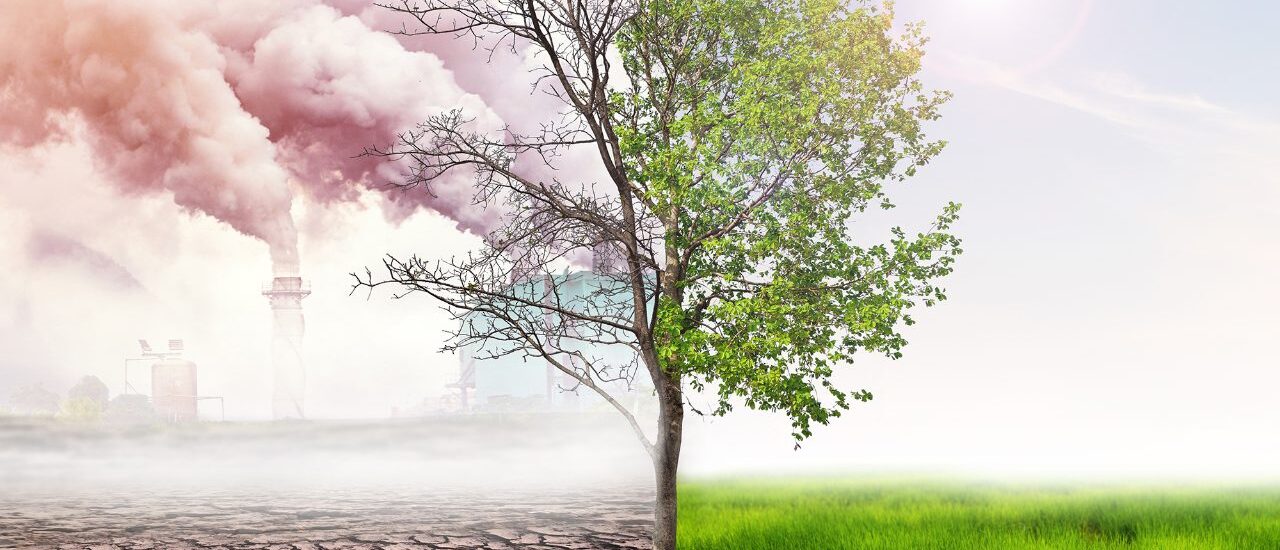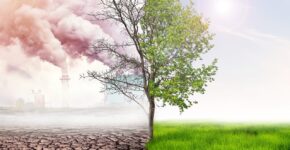In the symphony of life that reverberates across our planet, a dissonant note has grown louder: pollution. It pervades the air we breathe, the water we drink, and the soil that nurtures our sustenance. Human progress, while remarkable, has come at an unbearable cost to the environment. Our relentless quest for industrial growth, convenience, and consumerism has pushed Mother Earth to the brink. As pollution tightens its grip, our planet—and the future of life upon it—is gasping for survival.
The Devastating Effects of Pollution
Pollution, in its myriad forms, has penetrated every corner of our ecosystem. Its impact is far-reaching, sparing neither nature nor humanity. Here are the most alarming effects of pollution:
1. Air Pollution: Breathing Poison
Industrial emissions, vehicular exhaust, and the burning of fossil fuels release pollutants like carbon monoxide, sulfur dioxide, and nitrogen oxides into the atmosphere. Fine particulate matter (PM2.5) and volatile organic compounds (VOCs) are wreaking havoc on human health, causing respiratory diseases, cardiovascular issues, and premature deaths. Air pollution also drives climate change by increasing greenhouse gas concentrations, leading to extreme weather events and rising global temperatures.
2. Water Pollution: Contaminating Life’s Essence
Oceans, rivers, and freshwater bodies are choked with pollutants—plastics, chemicals, sewage, and industrial waste. Marine life is perishing in the millions due to toxic habitats, while humans face water scarcity and the threat of waterborne diseases. The contamination of water bodies has disrupted aquatic ecosystems, leading to the extinction of many species.
3. Soil Pollution: The Erosion of Fertility
The excessive use of pesticides, fertilizers, and industrial dumping has degraded soil quality. Contaminated soil fails to support agriculture, endangering food security for millions. Toxic substances leach into groundwater, further amplifying the impact on human and ecological health.
4. Plastic Pollution: A Global Menace
Plastic waste has become ubiquitous, forming sprawling landfills and floating islands in oceans. Non-biodegradable, these plastics take centuries to decompose, poisoning wildlife that ingests them and infiltrating the food chain in the form of microplastics.
5. Impact on Biodiversity: The Silent Extinction
Pollution is a leading cause of habitat destruction and species extinction. Coral reefs are bleaching, forests are dying, and countless animal populations are dwindling. The delicate balance of ecosystems is unraveling, threatening the interconnected web of life.
The Dying Planet: Indicators of an Impending Crisis
From rising sea levels to disappearing glaciers, the evidence of Earth’s distress is undeniable. Forests, often termed the “lungs of the Earth,” are being destroyed at an unprecedented rate. Wildlife is fleeing shrinking habitats, and human populations are increasingly exposed to natural disasters exacerbated by pollution-driven climate change.
The Path to Redemption
While the challenges are monumental, humanity possesses the power to heal the wounds it has inflicted. Here are key actions we can take to mitigate pollution and preserve the planet:
1. Reduce, Reuse, Recycle
Minimizing waste and embracing sustainable consumption practices can significantly reduce the burden on landfills and oceans. Recycling not only saves resources but also reduces the need for new raw materials.
2. Transition to Clean Energy
Replacing fossil fuels with renewable energy sources such as solar, wind, and hydropower can curb air and water pollution. Governments and businesses must invest in green technologies to accelerate this transition.
3. Strengthen Environmental Policies
Stricter regulations on industrial emissions, waste management, and deforestation are essential. Governments must enforce penalties for polluters and incentivize eco-friendly practices.
4. Raise Awareness and Foster Responsibility
Education campaigns can galvanize communities to adopt environmentally conscious lifestyles. Individuals can reduce their carbon footprint by using public transport, conserving water, and avoiding single-use plastics.
5. Innovate for Sustainability
Technological advancements, such as biodegradable materials, advanced recycling systems, and carbon capture technologies, can offer scalable solutions to combat pollution.
A Shared Responsibility
The fight against pollution is not the responsibility of governments alone. It demands collective action from individuals, industries, and global organizations. Each one of us has a role to play in reversing the damage. Plant a tree, say no to plastic, support sustainable brands—every small effort contributes to a larger movement.
A Call to Action
Our planet’s cry for help grows louder with each passing day. If we continue to ignore the warning signs, we risk not only our own survival but also the legacy we leave for future generations. Pollution is not an abstract threat; it is a clear and present danger that demands immediate and decisive action.
Let us pledge to be better stewards of this Earth. By addressing pollution at its roots, we can breathe new life into our dying planet and ensure that Mother Earth thrives once more. The time to act is now, for there is no Planet B.







